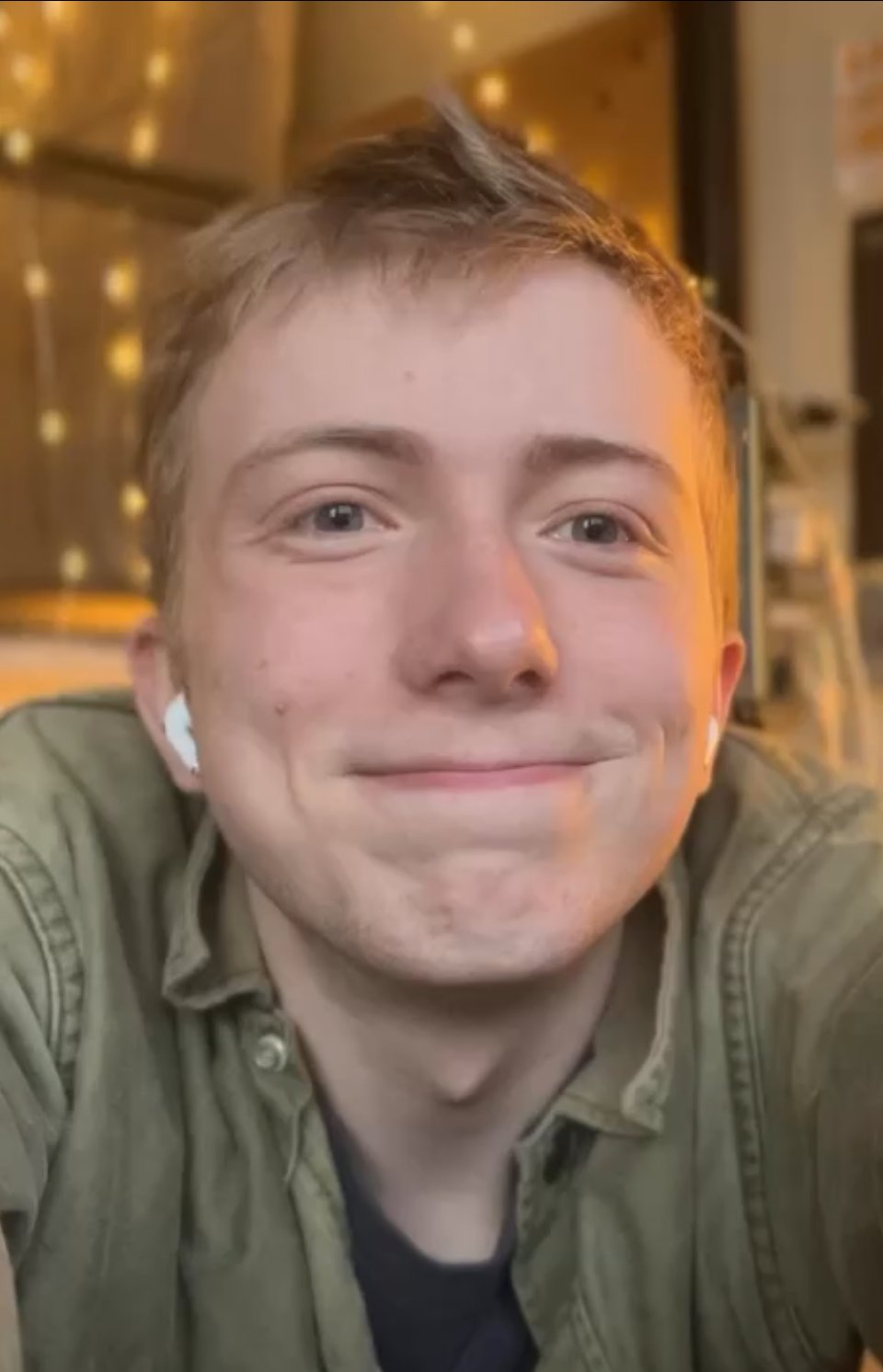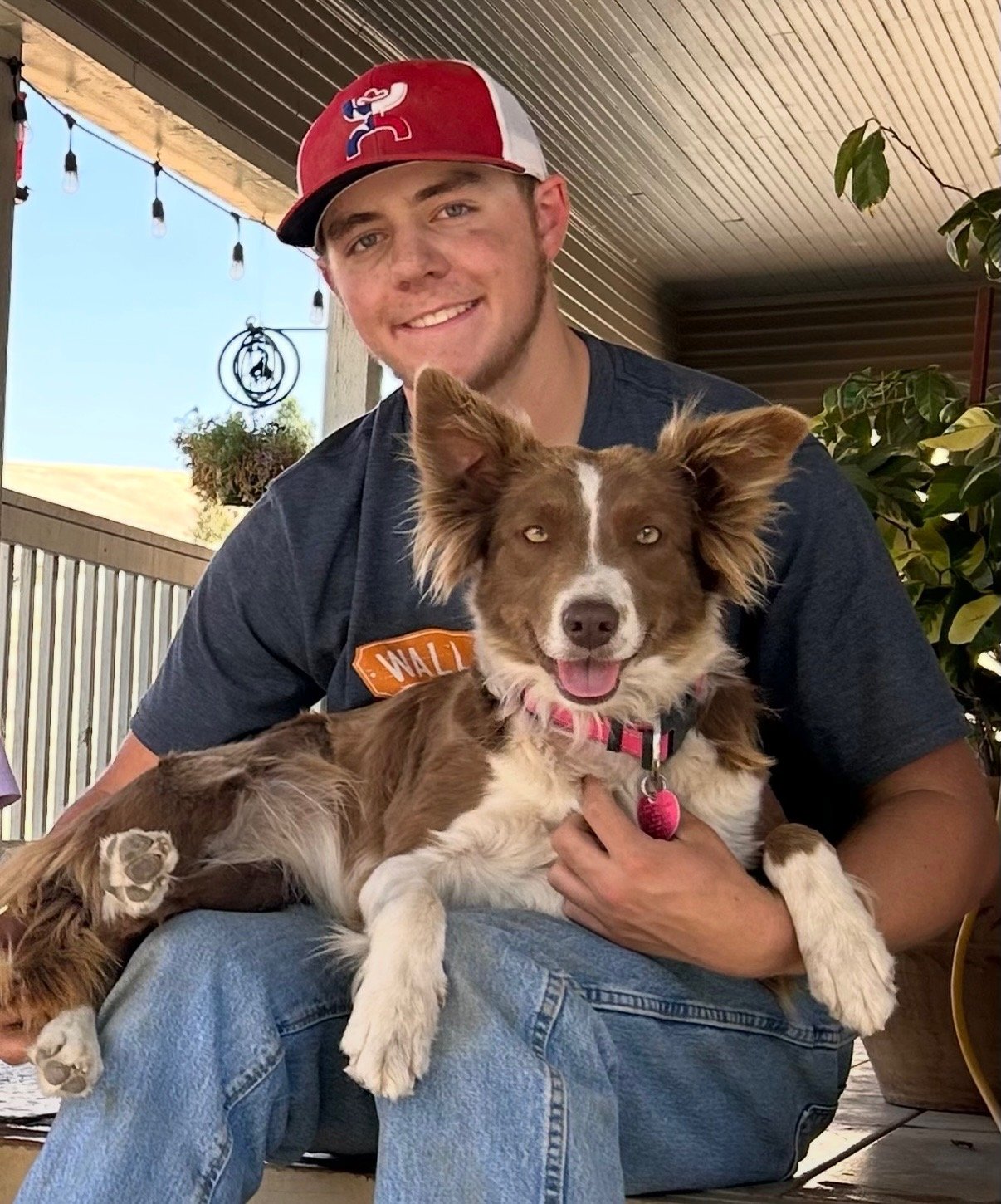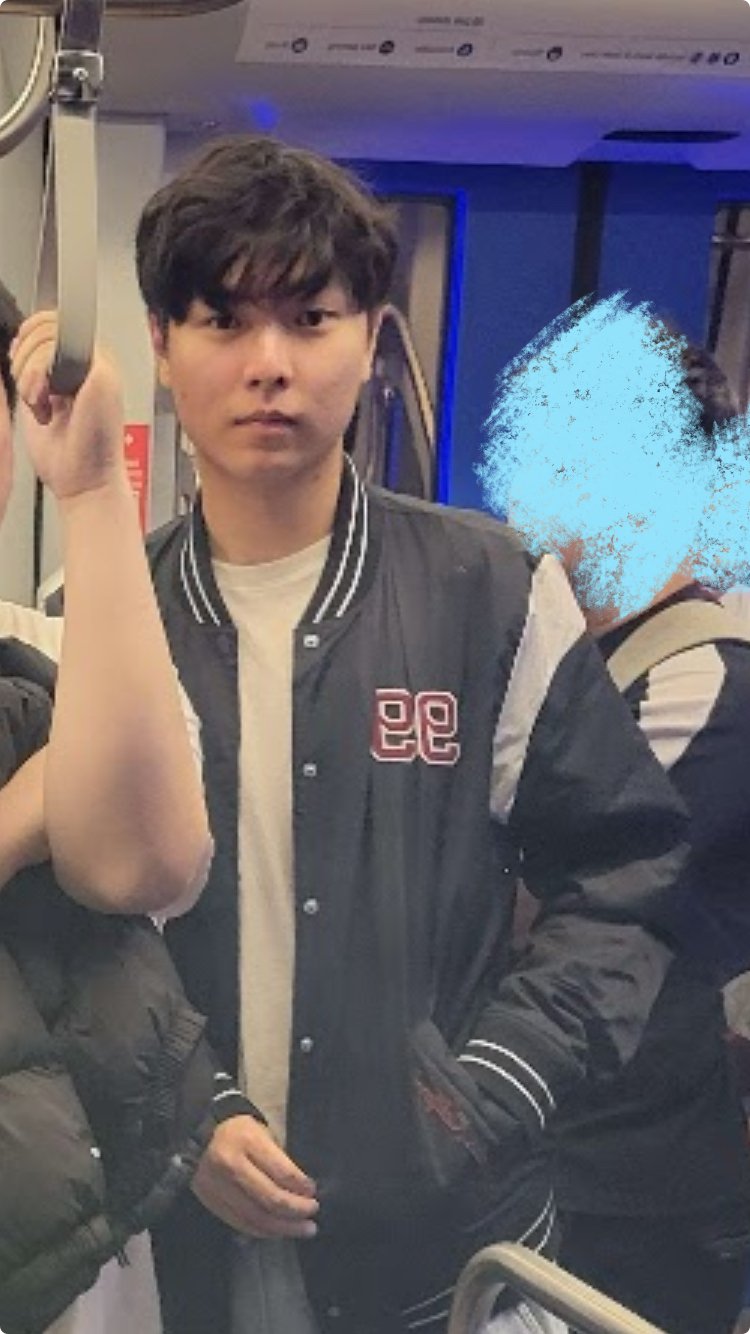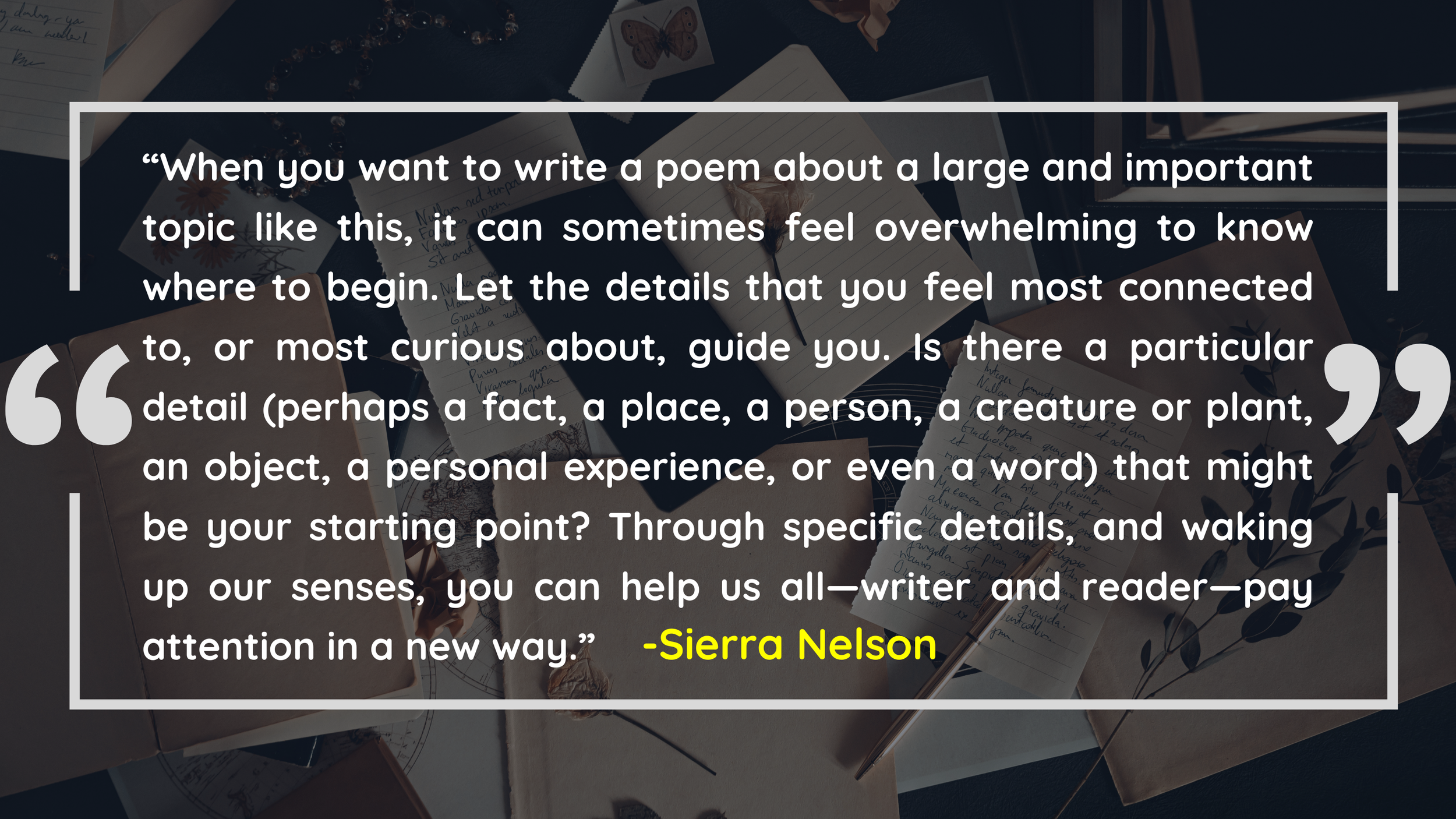Love Letter to our Mother Earth
Johnny Buck, University of Washington-Seattle
Rumi Redacted
Liam Snyder, University of Oregon
Heat Value
Cait Quirk, University of Utah
Forgotten Sacrifice
William Cranmer, Dayton High School
Hanford’s hidden hurt, a horrible hoard,
Radioactive ruin, forever stored.
Beneath the soil, a bitter brew,
Polluting the pathways, the plants, and the dew.
The Columbia’s currents, contaminated, flow
Carrying carnage where the wild creatures go.
The land, once lush, now withers and wails.
Beneath the silent stars, a haunting sorrow trails.
Generations grapple with a horrible disease,
A legacy lingering, a poisonous breeze.
From cancers cruel to concerns yet unknown,
The shadow of Hanford forever is shown.
Though cleanup continues, a colossal cost,
The hope for a future is never quite lost.
The price of the past, a painful decree,
Hanford’s haunting legacy, for all to see.
The Earth Remembers
Aaron Hwang, University of Washington-Seattle
They come sheltered in white,
faces protected by masks,
and voices muffled like ghosts.
The frogmen move through the dust,
testing the sickness they have sown.
They call it progress,
a test site, a proving ground,
as if the land itself
needed to justify its existence,
for their own growth.
The ground told the truth.
It was cracked open by fire,
swallowing the names, stories and songs
with the toxins down below
where the spirits once danced before.
The land swallowed the fallout,
rivers are murky with the taste of ash,
the land blackened from greed,
and the wind whispered sickness
into the lungs of children.
The rivers are full of secrets.
The sky showed no promise,
only sprinkles of poisoned rain,
where once ancestors danced,
and now where they weep.
People watched as the moon fade red,
while carrying their sickness in their blood.
Yet, they sing to the land,
To the water, to the sky,
because even in ruin,
the earth remembers.
“I was so moved to think of each poet spending time with this difficult collective problem of nuclear waste — each in their own way grappling with some aspect of painful history, alarming facts, the ongoing impacts (personal, cultural, ecological), and the feelings all of that stirs up — and then creatively making something of that, with that.”
Sierra shared a short list of Honorable Mentions & Her Reactions:
46.5507° N, 119.4890° W by Cole Grennan, Central Washington University
“I really appreciate the way this lyrical dystopian piece expands our perspective to the far far future, imagining how a warning message might come through to future people, alerting them to the dangers of ongoing radiation in this place. I also appreciate the way the form plays with the idea of redaction, but this time the missing gaps on the page are from "unstable transmission" -- some pieces of the message are missing, presumably damaged over time. The title is clever too: the latitude and longitude of the Hanford site. The result is intriguing, mysterious, and ominous.”
Sagebrush Lizards have been by Kaylee Jo Coleman, Dayton High School
“I love the way this poem focuses on fellow creatures (not only the human perspective). The poem checks in on Sagebrush Lizards, Burrowing Owls, and the Great Basin Pocket Mouse and lets us know how they are doing, often sharing glimpses of their life or habitat. And I appreciate how the poem checks in on the poet's own heart, too: through the poem, we learn about both facts and feelings. This poem helps remind us how our human lives and hearts are intermingled with the struggles and survival of fellow creatures, large and small. I hope this poet keeps writing many more poems!”
silent poison drifts by Alana Uehara, University of Washington-Seattle
“In just three spare lines, this haiku creates powerful images that reverberate with feeling. The elements of air, water, and earth are subtly evoked in each successive line, and though many of the actions appear quiet (drifts, whispered, fade), the ominous, destructive reach of radiation pervades.”
Check out the Honorable Mention poems here
Sierra Also Shared Her Reactions to the winning poems:
Love Letter to our Mother Earth by Johnny Buck, University of Washington-Seattle
“This powerful and urgently needed poem — a poem of healing and resistance — shares with the reader the indigenous knowledge, historical perspective, and insights of the speaker's grandmother. The poem reminds us how important it is to remember who and what was on this land before the nuclear reactors were erected, before the U.S. nuclear weapons program's erased entire villages, displaced people, and wrought ongoing ecological destruction. The poet's grandmother says, "the land was not empty, it held us" — including ancestral knowledge and cultural practices connecting to land and water; she says of the earth, "'tell / them to give her back to us' / We will heal her / Bring her back to life." In its truth telling and rooted wisdom, this poem enacts healing and encourages us forward.”
Heat Value by Cait Quirk, University of Utah
“I love when a poem helps me understand something scientific or dryly quantitative in a felt way, translating numbers into experience on a human scale, helping information come alive to the senses. This poem does that with its unique 4 part structure, inspired by the measurements of heat released from 4 different energy sources humans have harnessed through history and continue to use (firewood, coal, gasoline, and uranium in a nuclear reactor), each with an impact on the environment, but at vastly different scales. The poem weaves us through time and history, but pushes back on assumptions of industrial progress.”
Rumi Redacted by Liam Snyder, University of Oregon
“This poem is a clever interpolation of two distinctly different texts: excerpts of poetry written by the 13th century Persian Sufi mystic Rumi, and text from a 1963 scientific report by the U.S. Environmental Protection Agency regarding radiation measurements and effects from nuclear weapons testing in the U.S. In this poem, information that was previously hidden by the government in redacted or classified reports comes barging in, shouting about radioactive nuclides and thermonuclear warheads — interrupting and crossing out Rumi’s words which speaks to our humanity, spiritual understanding, and our ongoing connection to the natural world, especially the ocean and our own bodies. Images of spiritual beauty become images of alarm and harm when rewritten in the context of nuclear detonation and radiation.”
Forgotten Sacrifice by William H. Cranmer, Dayton High School
“I was drawn in by the strong rhythms and rhymes in this poem, and the luscious alliteration, while the poem unflinchingly confronts the legacy of Hanford’s pollution and its impact on people, plants, and animals. The poem’s sounds compel the reader forward, helping us continue to engage, to keep trying. I also appreciate this line as a lifeline, despite the obstacles: “The hope for a future is never quite lost.”
The Earth Remembers by Aaron Hwang, University of Washington-Seattle
“This poem sings of the deep grief and truth telling power of the earth itself (herself) — the way the earth reveals the destruction (covert and overt) of nuclear testing and the proliferation of nuclear waste — and the ongoing harm (physically and culturally) to all who live and lived on that land, especially indigenous communities. I was haunted by the poem’s initial images of ghost-like, shrouded men testing for radiation (“testing the sickness they have sown”) — and the critique of extractive economies: “as if the land itself/ needed to justify its existence.” And I was moved by the final images: people, even though sick themselves, even though the earth is “in ruin”— continuing to sing to the land, the water, the sky —restoring relationship, the possibility of healing — something else that the earth, surely, remembers too.”
Thank you Sierra Nelson for being our contest judge!
Sierra Nelson is a poet, lyric essayist, and multimedia performance artist, with an MFA in Poetry from University of Washington. Nelson’s poetry books include The Lachrymose Report (PoetryNW Editions) and I Take Back the Sponge Cake collaborating with visual artist Loren Erdrich (Rose Metal Press), and she is editor of Three Hearts: An Anthology of Cephalopod Poetry (World Enough Writers). A MacDowell Colony Fellow, Jack Straw Writers Fellow, and Carolyn Kizer Prize winner, Nelson has published work in anthologies and journals including Cascadia Field Guide, I Sing the Salmon Home, WA 129, as well as work featured on King County Metro buses, at the Seattle Aquarium, the Slovenian Natural History Museum, and with Nordic runes on lava stones at the SÍM Gallery in Iceland. Recently a Youth Community Liaison for 4Culture's Poetry in Public program, Sierra works with both youth and adults teaching poetry in diverse settings including schools, hospitals, universities, and libraries, through Writers in the Schools (WITS), Hugo House, Centrum, University of Washington, and beyond.
Get inspired to write by checking out Sierra Nelson’s published books and poems posted on her website.
If you’re looking for additional inspiration, Sierra writes, “Some of my favorite poets are Elizabeth Bishop, Joy Harjo, Aimee Nezhukumatathil, Donika Kelly, Elizabeth Bradfield, Adrienne Rich, Marrianne Moore. (And the poems and advice from the previous judges are a remarkable resource of inspiration as well, including Kathleen Flenniken, Rena Priest, and Laua Da'.)”














